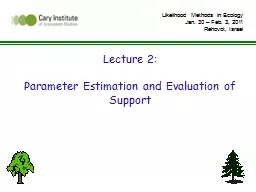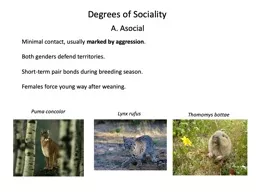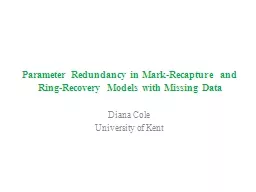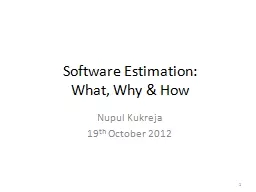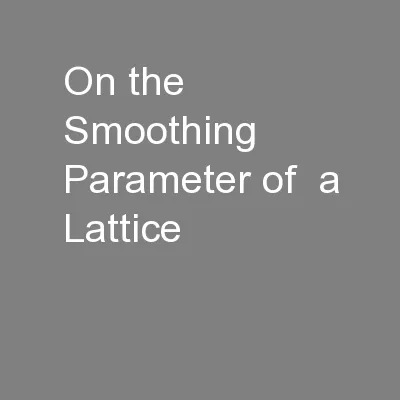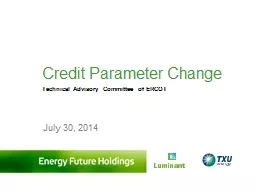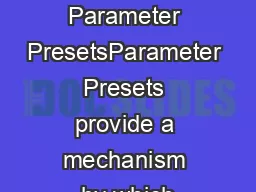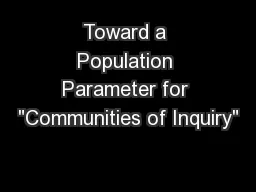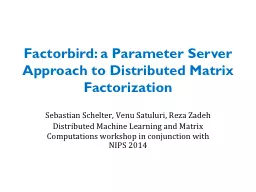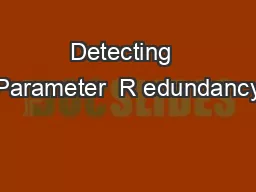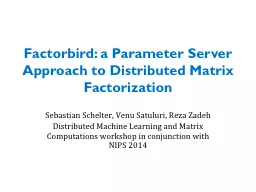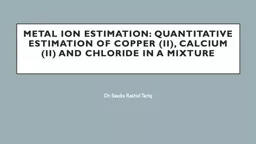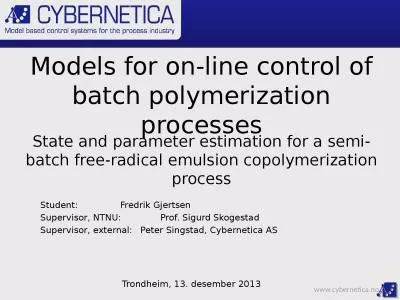PPT-Lecture 2: Parameter Estimation and Evaluation of Support
Author : mrsimon | Published Date : 2020-08-05
Likelihood Methods in Ecology Jan 30 Feb 3 2011 Rehovot Israel Parameter Estimation The problem of estimation is of more central importance than hypothesis testing
Presentation Embed Code
Download Presentation
Download Presentation The PPT/PDF document "Lecture 2: Parameter Estimation and Eva..." is the property of its rightful owner. Permission is granted to download and print the materials on this website for personal, non-commercial use only, and to display it on your personal computer provided you do not modify the materials and that you retain all copyright notices contained in the materials. By downloading content from our website, you accept the terms of this agreement.
Lecture 2: Parameter Estimation and Evaluation of Support: Transcript
Download Rules Of Document
"Lecture 2: Parameter Estimation and Evaluation of Support"The content belongs to its owner. You may download and print it for personal use, without modification, and keep all copyright notices. By downloading, you agree to these terms.
Related Documents

